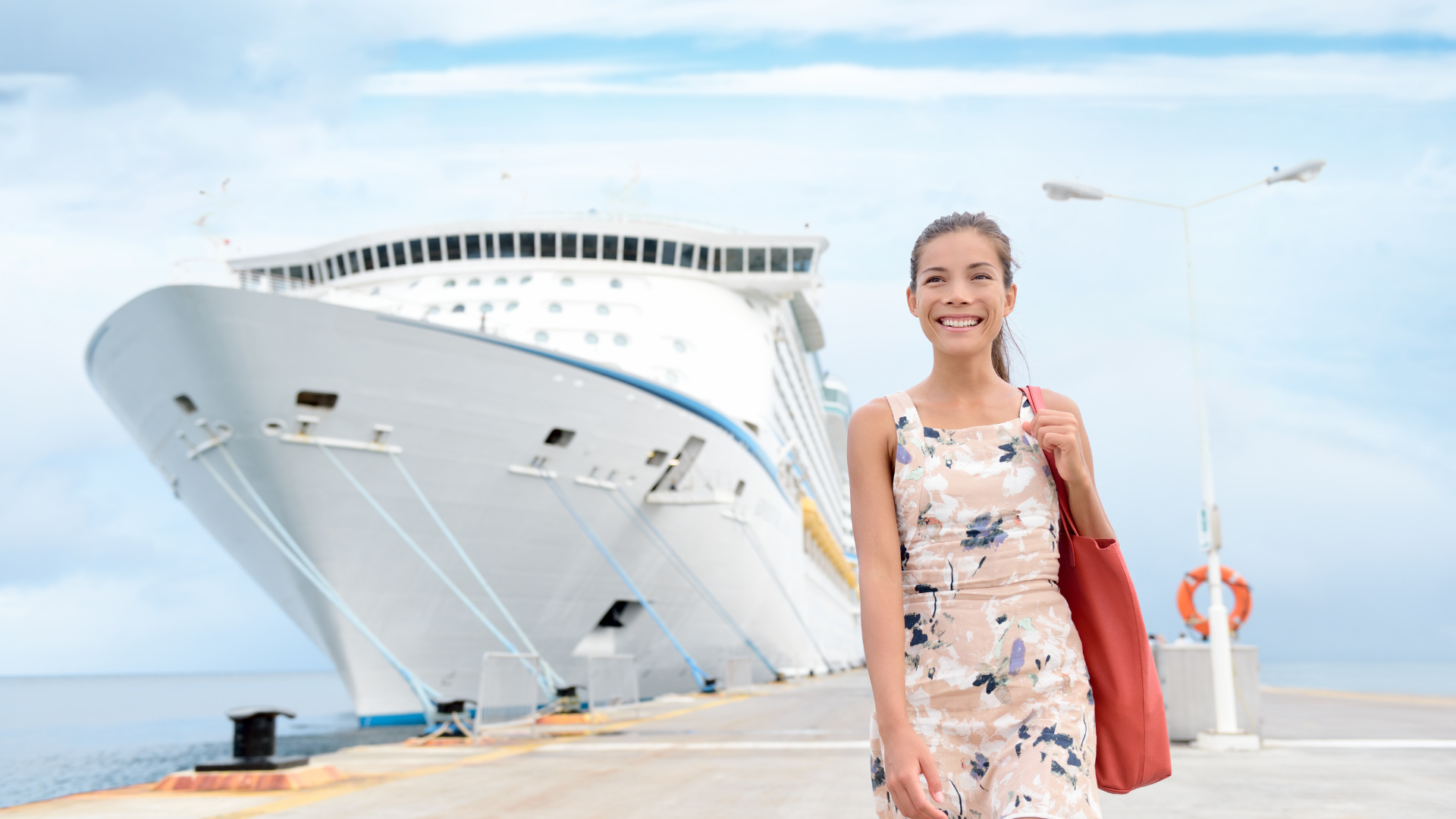Cruise lines are some of the first industries to embrace IoT’s potential fully. Here's how they're using it to make things run more smoothly.
Do you ever long for the freedom to travel the oceans safely and dependably? Cruise ships have long been considered the epitome of luxury. A
recent study suggests that the number of cruise ship users is expected to be 32.53m by 2027. IoT (Internet of Things) has revolutionized how cruise ship management is conducted. The advances in the internet of things have given cruise lines a unique opportunity to redefine their operations and make sea travels more efficient. By adding real-time data monitoring capabilities across multiple systems and devices on their vessels, these companies can open up new ways of managing maintenance schedules, improving safety protocols, automating energy management functions, enhancing guest experiences, and gaining critical insights into how they operate.
This blog post will examine how modern IoT solutions enable smarter cruises worldwide.
Key IoT Applications on Cruise Ships
Cruise lines have come a long way from the early days of luxury boat rides. Today, these giant vessels are used for business and leisure trips; they offer countless amenities that keep vacationers entertained throughout their trip—from gaming to delicious food. But one area often overlooked is technology. Let’s look at some of the top IoT applications on cruise ships.
1. Automatic Door Openers
Automatic door openers use sensors to detect when someone is approaching a door and then automatically open the door for them. This can be a convenient feature for passengers, as it eliminates the need to fumble with a key or handle when entering their cabin. It also makes it easier to get around on board, as they no longer have to worry about getting stuck behind an unwieldy door. Furthermore, these doors can be programmed with access control systems that restrict access only to authorized personnel, making them secure and efficient.
2. Electronic Luggage Tags
Electronic luggage tags use RFID technology to track luggage as it is loaded onto the ship. This can help keep track of luggage, as well as for security purposes. For example, suppose any suspicious activity is detected on board or items become lost or stolen. In that case, these tags can help authorities trace who was responsible and where those items came from. Additionally, this technology has been used by airlines for years. It has been proven reliable and accurate in tracking baggage movement throughout various ports of call around the globe.
3. Motion-Activated Lights
Motion-activated lights are controlled by sensors that detect motion within proximity to them and turn on when someone approaches them to provide illumination without having to switch them on or off each time manually as they enter a room or hallway. This saves energy costs while providing additional safety and convenience for passengers aboard the ship. Moreover, such lighting systems can be programmed with specific triggers, such as ambient light levels or occupancy patterns, to conserve energy further while optimizing onboard visibility for large and small vessels alike during all hours of operation.
4. GPS Tracking Devices
GPS tracking devices provide information about the ship’s location and the location of individual passengers, which can be helpful for security and emergency response purposes. GPS tracking devices can also monitor the performance of various systems onboard the ship, allowing technicians to diagnose potential problems and take corrective action, if necessary, quickly.
5. Weather Monitoring Devices
Weather monitoring devices allow cruise lines to keep track of the current and future weather conditions in their area. This information can be used to plan activities, alert passengers of any upcoming inclement weather, and provide an extra layer of safety in case extreme weather arises during the voyage. These devices are typically placed on the roof or deck of a ship and monitor wind speed and direction, air pressure, precipitation levels, air temperature, humidity levels, visibility range, cloud cover level, and more. Crew members gain the ability to anticipate potential risks associated with specific destinations while also allowing them to make adjustments as needed during any given voyage.
What does the future hold for IoT in the cruise business?
Cruise lines across the world are taking advantage of modern technology and leveraging new innovations such as IoT to improve their passenger experience while simultaneously reducing operational costs associated with manual, labor-intensive tasks like baggage handling and lighting maintenance/installation/upkeep. Not only does this make cruising more enjoyable for travelers everywhere, but it also helps keep costs down, allowing companies operating these vessels greater flexibility in budgeting for capital expenditures related directly to improving customer satisfaction aboard their vessels daily! Ultimately, implementing new tech-related solutions via the Internet of Things (IoT) devices is proving beneficial both now and into the future for all involved parties.
By staying in the loop of what’s new regarding IoT options available today, manufacturers, suppliers, owners, operators, and travelers alike can all benefit from this exciting new wave of technological advancement. In short, no matter where you find yourself cruising, chances are you’ll come across some IoT device that helps make your journey smoother and more enjoyable than ever! So, are you looking to harness the power of new technology for the cruise line sector?
Create a free IoT2Market account and access the necessary IoT resources to make your operation more efficient and effective.





